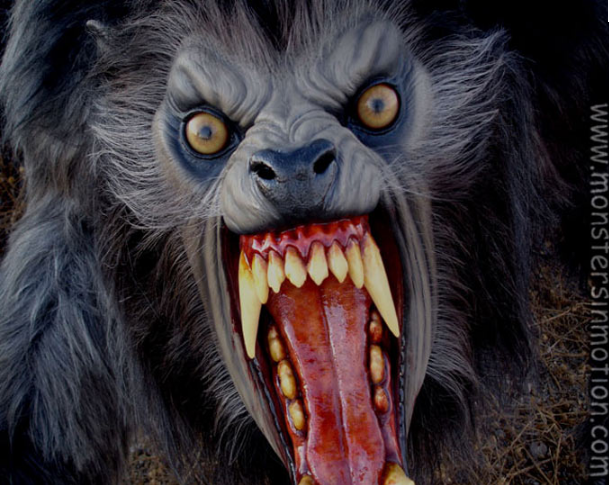The Major Arcana and the Hero’s Journey: The Devil, Part IV
Ayin, or eye, is the Hebrew letter attributed to The Devil. Our eyes flood our mind with images and color and we rely on them more than any of our other senses. For this reason the eye serves as a symbolic shorthand for all of our senses. The implication is that this key is about being limited to the physical realm, the world that we can see, hear, taste, smell, and touch. The Talmud (Shabbat 104a) describes the letter Ayin as having two eyes. The good eye looks toward the preceding letter, Samech (support, Temperance) and manifests benevolence and charity. Remember that Hebrew is written right to left. The bad eye looks toward the next letter, Pey (mouth) and manifests greed and envy, which will eventually lead to destruction (The Tower). The Devil does everything he can to convince us to look toward The Tower, because this way limits us to physical reality and blinds us to the comfort and power of the divine that… Read More »


